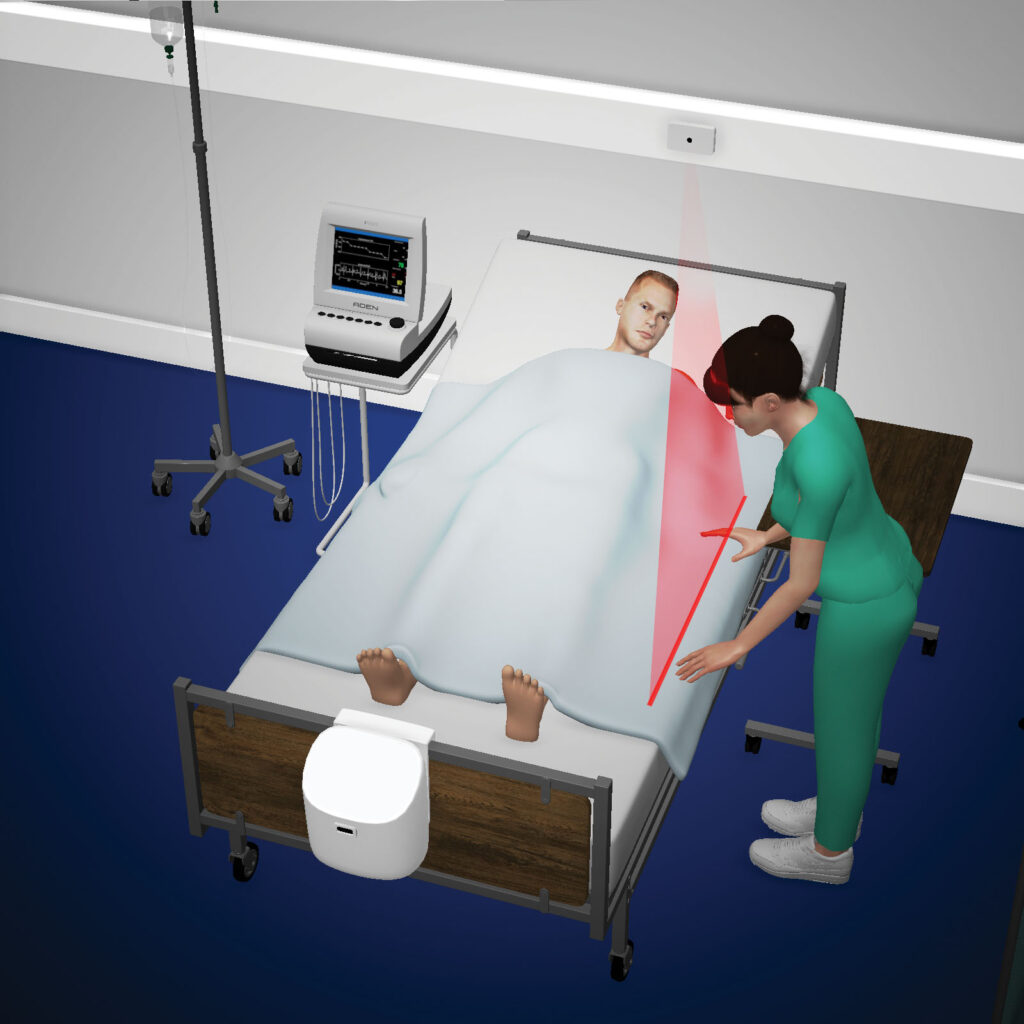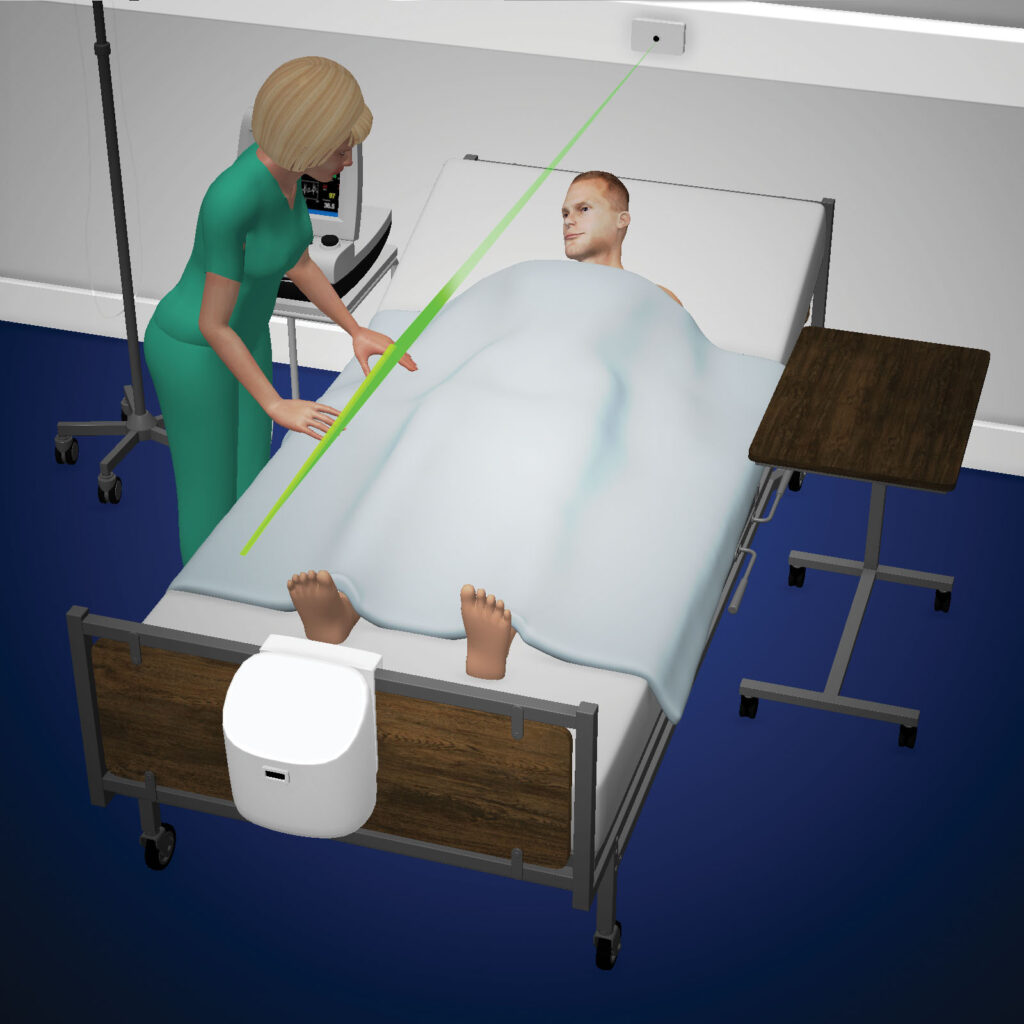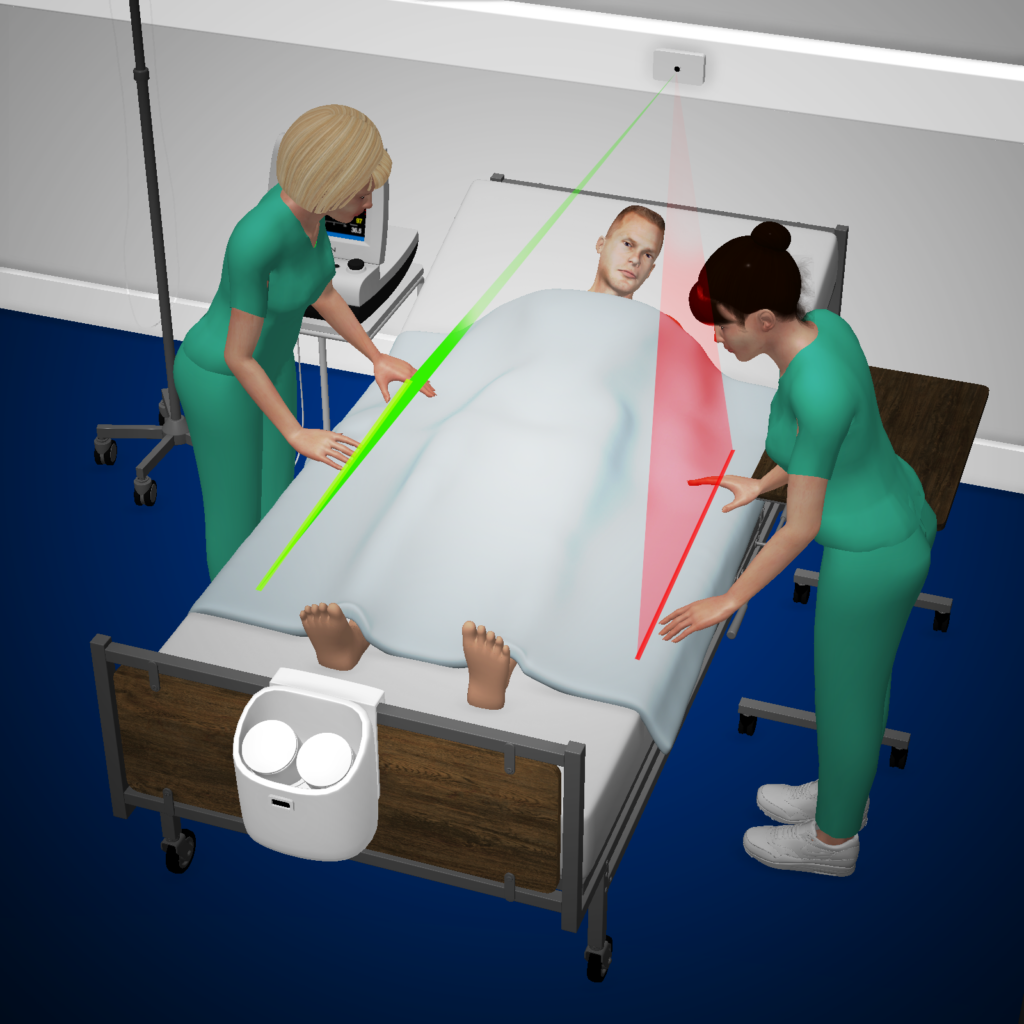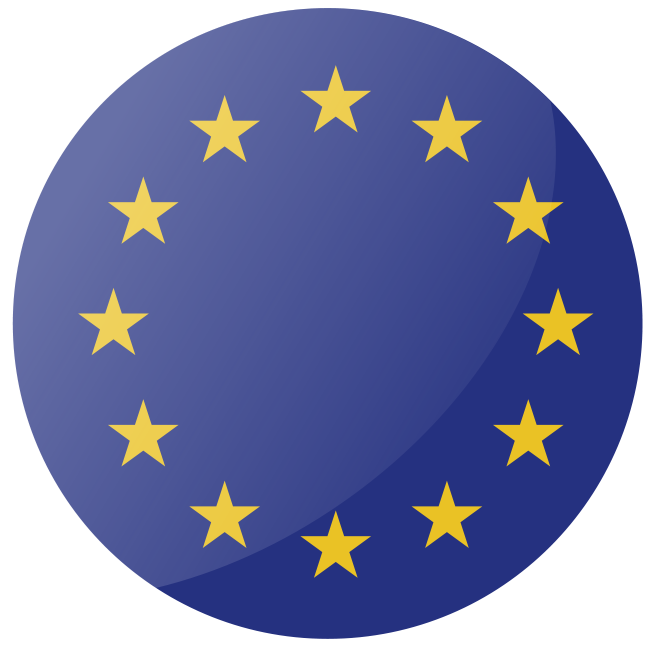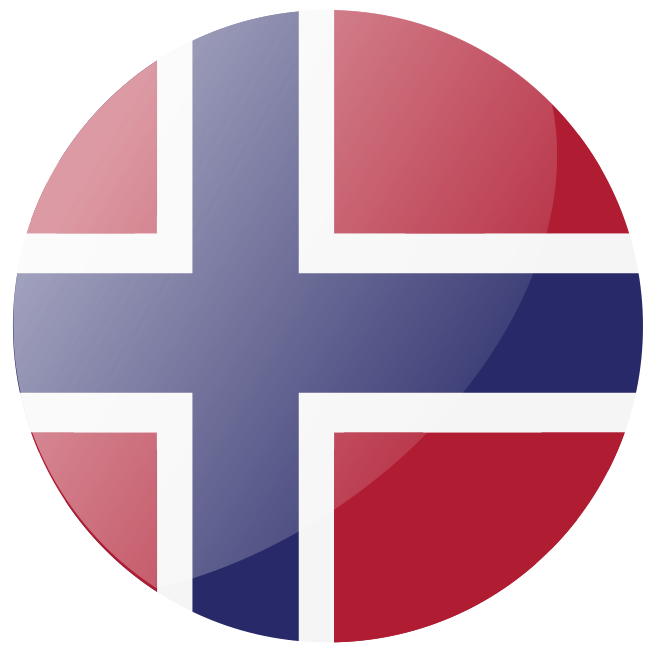01.
Technology
HAI-S have developed the silent assistant, a moment reminder, that will guide the employees, patients and visitors to conduct hand hygiene in compliance with the 5 Moments, according to hospital routines.
Hand hygiene, performed the right way, at the right time, reduces disease transmission, prevents HAI, decreases costs and prevents antibiotic resistance. Hand hygiene is our most important, easiest and most cost effective infection control.
The system handles the received information continuosly. No employee is tracked individually. We make sure that the data is anonymized and presented to the hygiene management.




